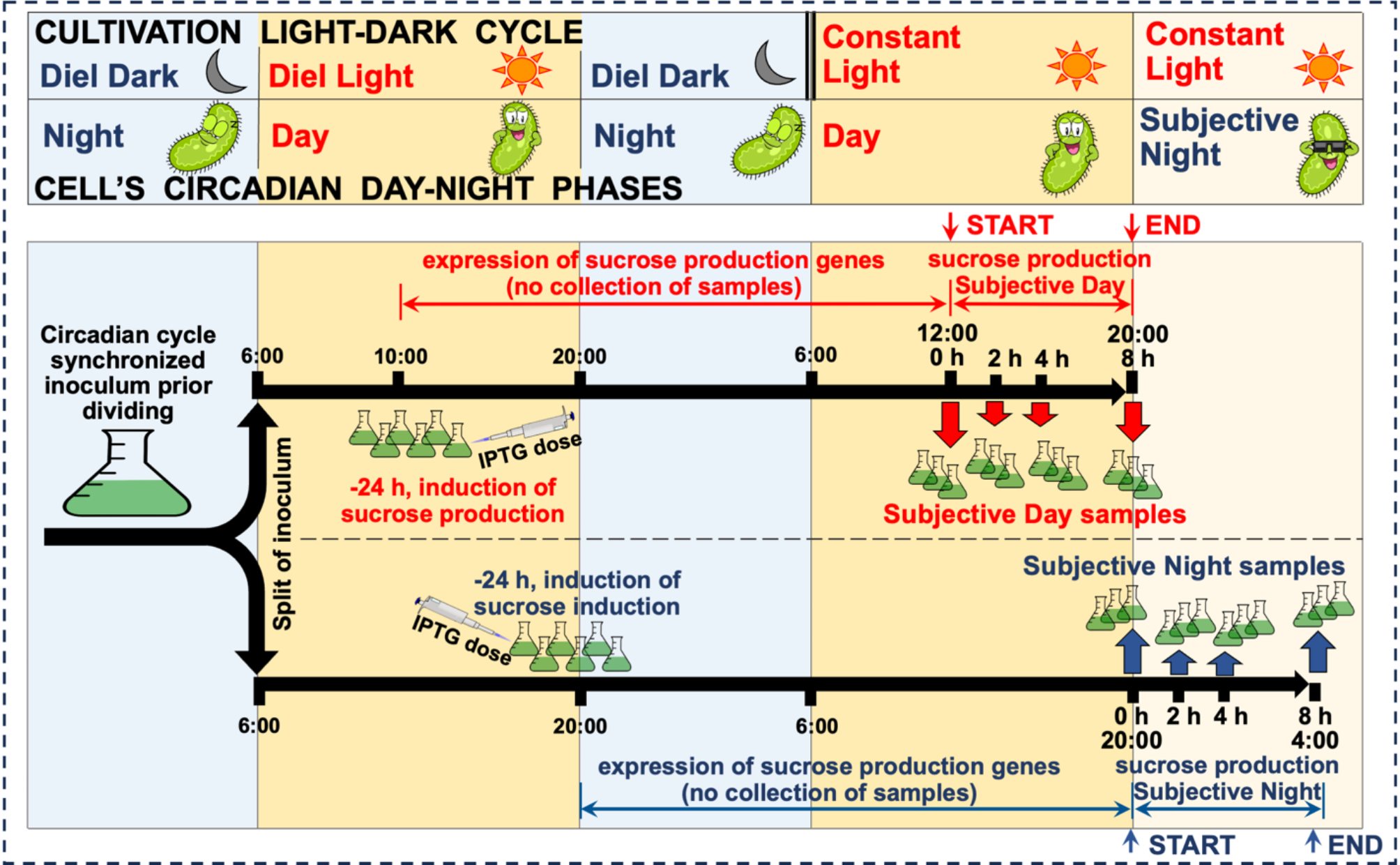2025-04-08 カリフォルニア大学サンディエゴ校(UCSD)
<関連情報>
- https://today.ucsd.edu/story/advanced-imaging-reveals-mechanisms-that-cause-autoimmune-disease
- https://www.cell.com/cell/abstract/S0092-8674(25)00277-6
筋アセチルコリン受容体の構造から解明された自己免疫メカニズム Autoimmune mechanisms elucidated through muscle acetylcholine receptor structures
Huanhuan Li∙ Minh C. Pham∙ Jinfeng Teng∙ Kevin C. O’Connor∙ Colleen M. Noviello∙ Ryan E. Hibbs
Cell Published:April 8, 2025
DOI:https://doi.org/10.1016/j.cell.2025.03.004
Graphical abstract

Highlights
- Human adult muscle ACh receptor structures in resting and desensitized states
- Receptor structures with MG autoantibodies reveal binding heterogeneity
- Epitope mapping for mechanistically distinct pathogenic MG autoantibodies
- Structural and functional elucidation of different inhibitory mechanisms in MG
Summary
Skeletal muscle contraction is triggered by acetylcholine (ACh) binding to its ionotropic receptors (AChRs) at neuromuscular junctions. In myasthenia gravis (MG), autoantibodies target AChRs, disrupting neurotransmission and causing muscle weakness. While treatments exist, variable patient responses suggest pathogenic heterogeneity. Progress in understanding the molecular basis of MG has been limited by the absence of structures of intact human muscle AChRs. Here, we present high-resolution cryoelectron microscopy (cryo-EM) structures of the human adult AChR in different functional states. Using six MG patient-derived monoclonal antibodies, we mapped distinct epitopes involved in diverse pathogenic mechanisms, including receptor blockade, internalization, and complement activation. Electrophysiological and binding assays revealed how these autoantibodies directly inhibit AChR channel activation. These findings provide critical insights into MG immunopathogenesis, uncovering unrecognized antibody epitope diversity and modes of receptor inhibition, and provide a framework for developing personalized therapies targeting antibody-mediated autoimmune disorders.


